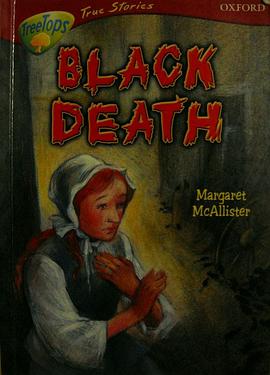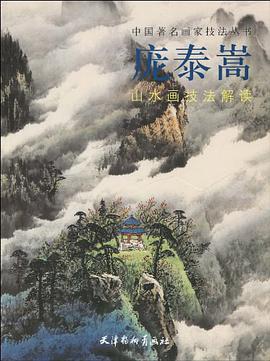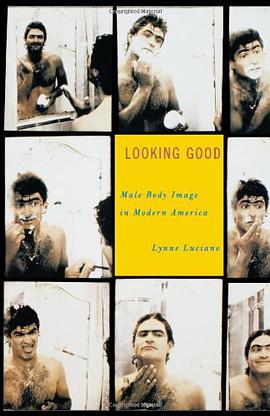

What does it mean to be Maya in the modern world? Focusing on a Guatemalan town, this case study explores the cultural, political, and economic changes of this society over time. This case study of a highland Guatemala town examines what it means to be Maya in a rapidly changing and globalized world. In providing an historical synopsis of the Kaqchikel Maya from pre-Columbian through Colonial times to the present day, this volume focuses on the use of language, dress, and crafts as emblems of ethnicity, nationality, and political allegiance. Tecpán considers the dynamics of ethnic boundaries in light of the use of the Kaqchikel language versus Spanish, the growing role of Protestantism and the revitalization of traditional Maya religion versus Catholicism, and traditional subsistence agriculture in the face of an expanding reliance on export crops. It examines in particular the role of weaving and other indigenous crafts in linking Tecpánecos to larger economic and political orbits and for defining local, regional, and national identities. As a result, this accessibly written book demonstrates that even traditional Maya cultural forms are actively constructed in the context of intense global connections.
具体描述
读后感
评分
评分
评分
评分
用户评价
相关图书
本站所有内容均为互联网搜索引擎提供的公开搜索信息,本站不存储任何数据与内容,任何内容与数据均与本站无关,如有需要请联系相关搜索引擎包括但不限于百度,google,bing,sogou 等
© 2025 book.wenda123.org All Rights Reserved. 图书目录大全 版权所有




















